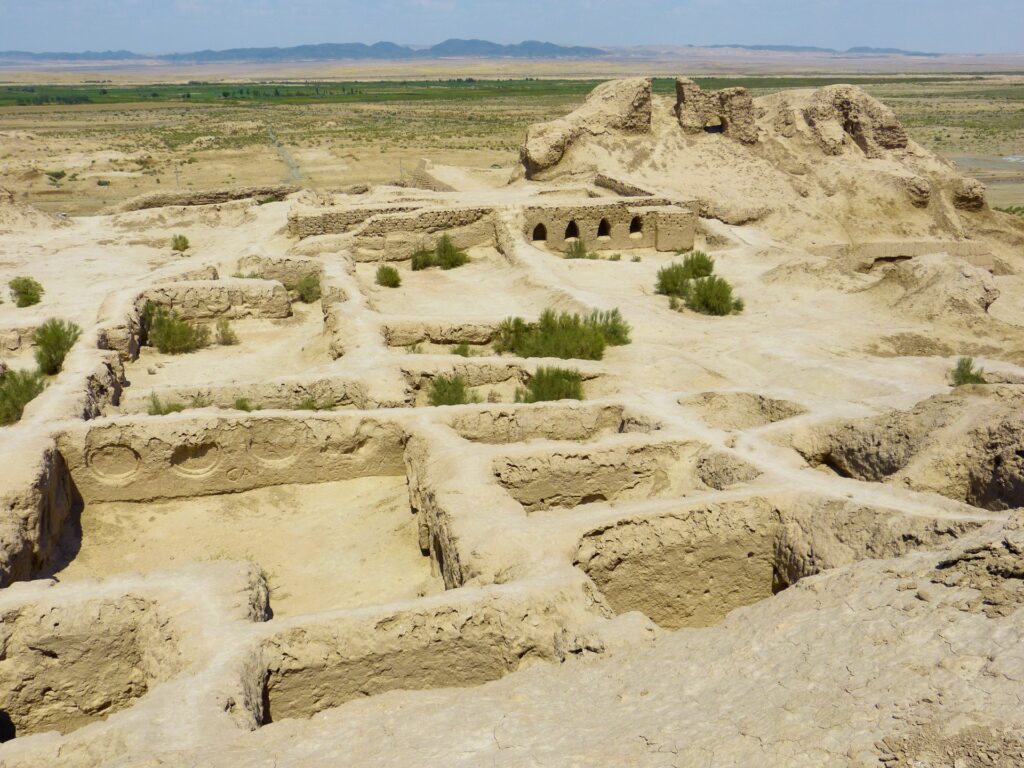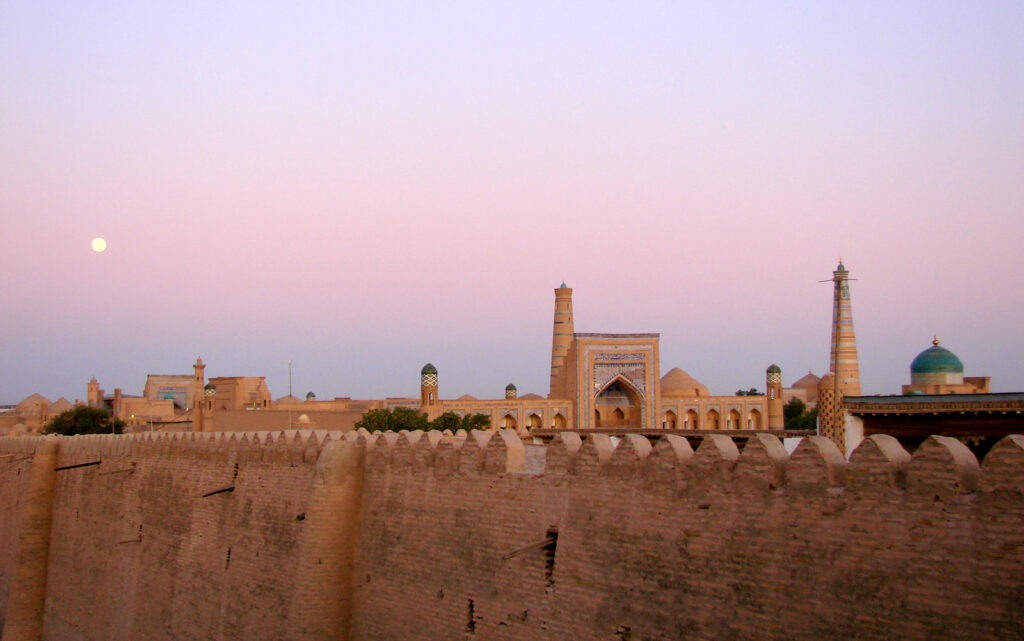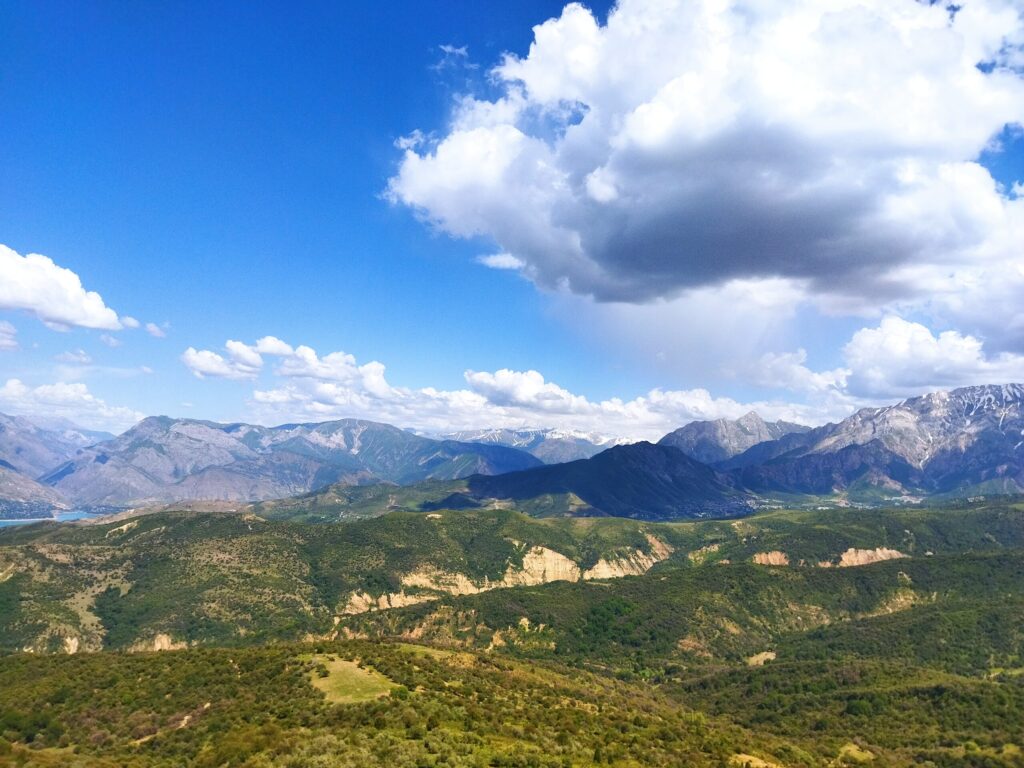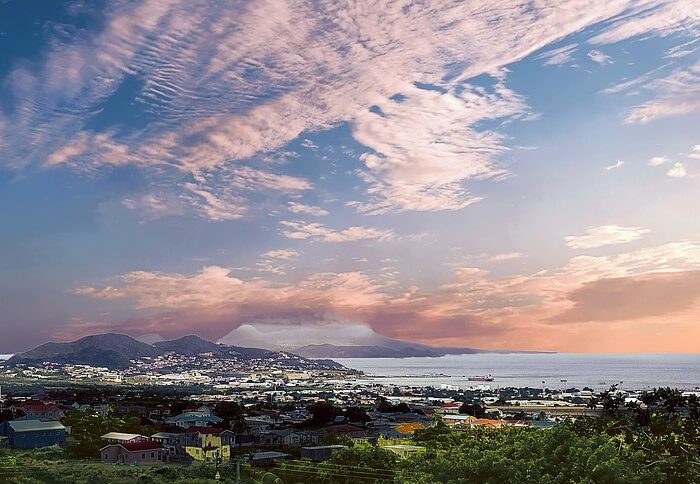Quick facts about Uzbekistan:
- Population: Approximately 33 million people.
- Official language: Uzbek.
- Capital: Tashkent.
- Currency: Uzbekistani som.
- Government: Republic with a presidential system.
- Major religion: Islam.
- Geography: Landlocked country in Central Asia, bordered by Kazakhstan, Kyrgyzstan, Tajikistan, Afghanistan, and Turkmenistan.
Fact 1: Uzbekistan has 5 UNESCO World Heritage sites
Uzbekistan proudly holds a treasure trove of 5 UNESCO World Heritage sites, a testament to its rich history and cultural significance. From the majestic minarets of Bukhara to the timeless beauty of Samarkand’s Registan Square, these sites weave a tapestry of architectural marvels dating back centuries. Each site tells a story of Silk Road trade, Islamic heritage, and the enduring spirit of Uzbekistan.
Note: If you plan to visit the country, check if you need an International Driver’s License in Uzbekistan to drive.

Fact 2: Russian is the second most popular language in Uzbekistan
Russian stands as the second most prevalent language in Uzbekistan, a testament to the country’s complex historical ties with the Russian Empire and subsequent Soviet rule. This linguistic heritage is deeply ingrained in Uzbekistan’s societal fabric, shaping education, governance, and commerce. Even decades after gaining independence, Russian remains widely spoken and is often used in official capacities, underscoring the enduring influence of its shared history with Russia.
Fact 3: The national dish of Uzbekistan is plov
Plov is not just reserved for special occasions but is a staple dish enjoyed in Uzbekistan on a daily basis. It’s readily available in restaurants, cafes, and street food stalls throughout the country, making it a ubiquitous part of Uzbek cuisine. Its popularity stems from its delicious taste, hearty nature, and ability to bring people together over a shared meal. Plov is deeply ingrained in Uzbek culture, reflecting the country’s traditions, hospitality, and culinary heritage.

Fact 4: Uzbekistan is the largest producer of cotton
Uzbekistan has been historically one of the largest producers of cotton globally. The country’s favorable climate and extensive irrigation systems have facilitated significant cotton cultivation. However, it’s worth noting that Uzbekistan has faced criticism for its reliance on cotton monoculture, which has led to environmental and social concerns, including issues related to water usage, forced labor, and child labor in the cotton industry.
Fact 5: In Uzbekistan, there are large temperature differences between winter and summer
Uzbekistan experiences significant temperature variations between winter and summer. In Uzbekistan, during the winter period, temperatures can drop to as low as -20°C or even lower, especially in the northern and eastern regions of the country, as well as in mountainous areas. In contrast, summers can be very hot, with temperatures often soaring well above 30°C (86°F) and sometimes even reaching above 40°C (104°F), particularly in the low-lying areas of the country. These extreme temperature differences characterize Uzbekistan’s continental climate, making it a land of diverse weather conditions throughout the year.

Fact 6: Uzbeks are accustomed to living in a large community
In Uzbekistan, the concept of the “mahalla” epitomizes communal living. It’s a tightly-knit urban neighborhood where residents share not only physical space but also social ties and mutual support. The mahalla serves as a microcosm of Uzbek society, where neighbors often know each other well, engage in communal activities, and assist one another in times of need. This traditional social model fosters a sense of unity, belonging, and cultural continuity within Uzbek communities.
Fact 7: Uzbekistan has some of the oldest cities in the world
Uzbekistan is home to some of the oldest cities in the world, with a rich history dating back thousands of years. Cities like Samarkand (founded around the 7th century BCE), Bukhara (founded around the 6th century BCE), and Khiva (founded around the 6th century BCE) have been inhabited for millennia.
Silk Road, a legendary trade route spanning thousands of kilometers, intricately linked the world’s civilizations. It traversed through Uzbekistan’s ancient cities, acting as vital hubs for trade and cultural exchange between the East and the West.

Fact 8: Uzbekistan has sweet fruits
Uzbekistan’s climate fosters the growth of a diverse array of sweet fruits. The country is renowned for producing delicious fruits such as melons, grapes, pomegranates, apricots, and figs. The ample sunlight and fertile soil create optimal conditions for fruit cultivation, contributing to Uzbekistan’s reputation as a land of abundance and agricultural richness.
Fact 9: About 20% of Uzbekistan’s territory is mountainous
Roughly 20% of Uzbekistan’s land area is covered by mountainous terrain. These mountainous regions, concentrated mainly in the eastern and southeastern parts of the country, include ranges such as the Tian Shan and Pamir-Alay. This portion of Uzbekistan’s territory offers diverse landscapes, ranging from rugged peaks to verdant valleys:
- Tian Shan Mountains: The highest point is Peak Hazrat Sultan (with the famous Lake Sary-Chelek) standing at 4,643 meters above sea level.
- Pamir-Alay Mountains: The highest point is Peak Miraliyam (also known as Peak Lenin) towering at 7,134 meters above sea level.
- Ugam Range: The highest point is Mount Zeravshan reaching 4,627 meters above sea level.

Fact 10: Tashkent Metro is the first in the Central Asian region
The Tashkent Metro, inaugurated on November 6, 1977, marked a significant milestone as the first metro system in Central Asia. Designed to serve the capital city of Uzbekistan, it boasts elegant architecture, intricate decorations, and efficient train service. With its opening, Tashkent Metro revolutionized transportation in the region, providing residents with a reliable and fast mode of travel while also serving as a symbol of modernization and progress for the city.

Published March 14, 2024 • 5m to read





